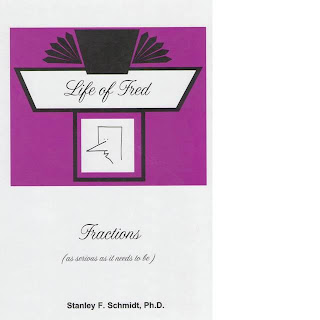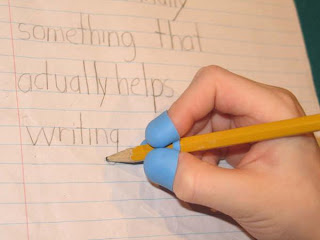Little bit of a break... went on vacation and one thing led to another. I haven't quit thinking of books to share, though!
My latest quest originated from my daughter. She's 8. After a library visit where she checked out (yet another!) Scooby Doo Mystery (blech) she laid it on the line for me. "Mom. I want mystery books. But they have to have pictures. Not picture books, chapter books. With pictures. Mysteries." And so began the search for chapterbooks-withpictures-thataremysteries. Could she stump the Homeschool Librarian?
Not a chance! Here's what I found:
A to Z mysteries. One book for each letter of the alphabet, plus a few bonus books. Books in the series have 80-90 pages, with b & w illustrations on almost every page. This gives just enough of a page break-up for young readers. Main characters are male and female for broad appeal.
Also from this publisher is the
Capital Mysteries series. There are 11 books in the series, and each takes place in Washington, D.C. Slightly shorter than the A to Z mysteries, at about 80 pages, Capital Mysteries have slightly fewer pictures (one illustration every 4-6 pages). The publisher's website has activities and coloring pages that correspond to each of the mysteries for both Capital and A to Z mysteries. Both series written by Ron Roy.
Cam Jansen Mysteries. 22 books in the series, each with about 64 pages. Illustrations on every other page. These books have been around for about 25 years. Written by David A. Adler.
From the author:
"The Cams are not simply chapter books with easy reading levels. Children who are just beginning to read on their own, read slowly. They read every word. But they don't think slowly. We can't ask them to speed up their reading, so to keep their attention it's necessary to keep the story moving. The Cams move quickly. Something is always happening. Characters are introduced through dialogue and plot. Scenes are set in just a few words."
Similar to Cam Jansen,
Nate the Great mysteries (by Marjorie Weinman Sharmat) have been loved through generations. Nate the Great books are an excellent introduction to chapter books. Each is about 32 pages long, with less text per page than most of the other mystery series. The main character will appeal to boys (although girls will enjoy them, too) and there is a spin-off series with Nate's female cousin,
Olivia Sharp.
22 books in the series, and 4 Olivia Sharp books. The recent re-printing of the books contain fun activities at the end such as jokes, recipes and craft ideas that correspond with the stories.
Remember Encyclopedia Brown? He's still around! First published in 1963,
Encyclopedia Brown mysteries have been a favorite first chapter book for families everywhere. There are 23 books in the series (I still remember reading The Case of the Disgusting Sneakers) and each is about 100 pages long. Pictures every 4-6 pages. Written by Donald J. Sobol.
This series may appeal to slightly older readers who still want shorter books with some illustrations (Leroy "Encyclopedia" Brown is in 5th grade). Publisher's age recommendation is 9-12.
Another made-over blast from the past is the series Nancy Drew Notebooks. Shorter and simpler than the classic Nancy Drew books, these have 76-80 pages each, with a few illustrations thrown in every 6-8 pages. Recommended age group on these is 5-8, but I think they would appeal up to age 10.
Similar in appeal is the Nancy Drew Clue Crew. 82 pages each, with illustrations on every other page. Text is also slightly larger than the Notebooks series. There are 27 books in the Clue Crew series and 69 books in the Notebooks series.
























